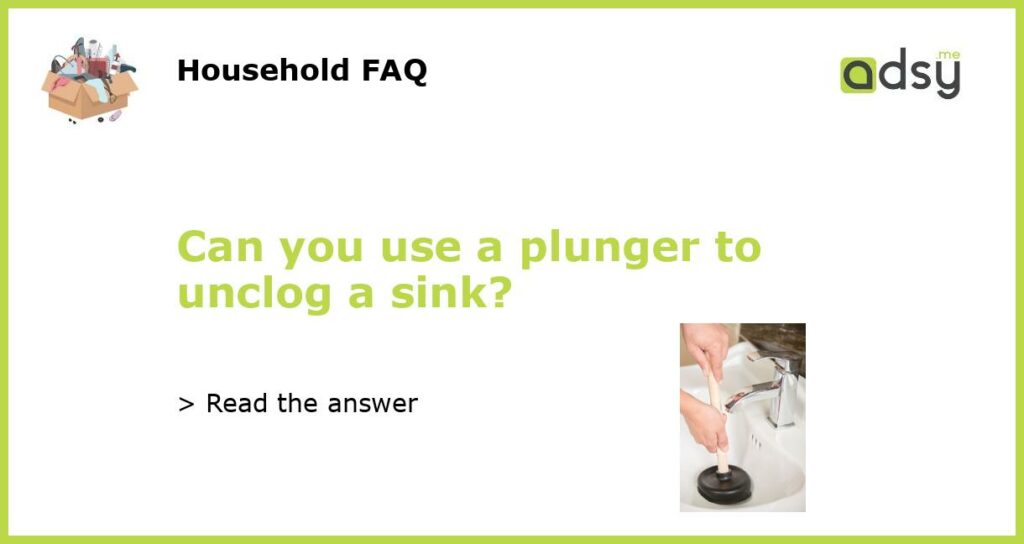Using a Plunger to Unclog a Sink: Does It Work?
When faced with a clogged sink, our first instinct is to reach for a plunger. It is a tool that many households have and is relatively easy to use. But the question remains, can a plunger effectively unclog a sink?
How a Plunger Works
A plunger works by creating suction and pressure to dislodge whatever is causing the blockage. When you push down the plunger, it creates a vacuum that pulls the air out of the plunger’s cup. When you pull back, the cup creates pressure, pushing water or air down the drain.
When to Use a Plunger on a Clogged Sink
If your sink is draining slowly or not at all, a plunger might be the first tool you try. However, it would help if you also examined where the clog is located. Plungers are most effective when used on clogs that are closer to the drain opening rather than further down the pipes.
How to Use a Plunger on a Sink
When using a plunger on a sink, you’ll need to cover any overflows with a wet towel or rubber stopper to create a vacuum. Then, fill the sink with enough water to cover the plunger’s cup and hold the plunger vertically over the drain. Plunge up and down several times while maintaining a tight seal around the drain opening. Repeat as necessary.
When to Call a Professional
If you’ve tried plunging and your sink is still clogged, or if plunging causes sewage to back up into other fixtures in your home, it’s time to call a professional plumber like Mr. Rooter Plumbing. A professional plumber has the tools and expertise to dislodge even the toughest clogs, and they can diagnose any underlying plumbing issues that may be causing your sink to clog in the first place.






